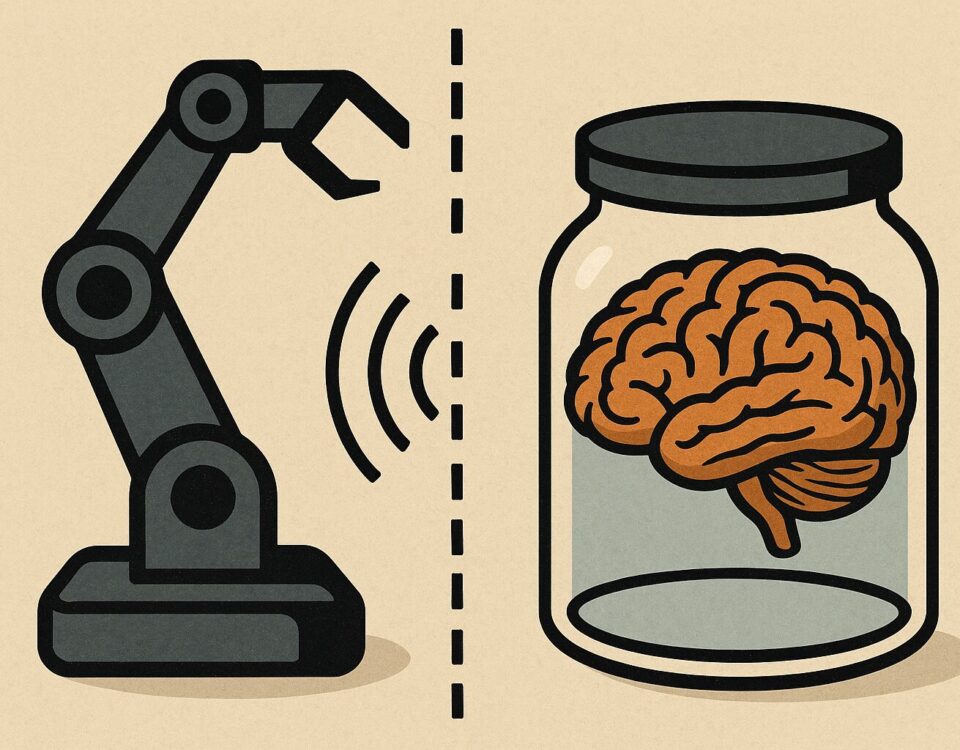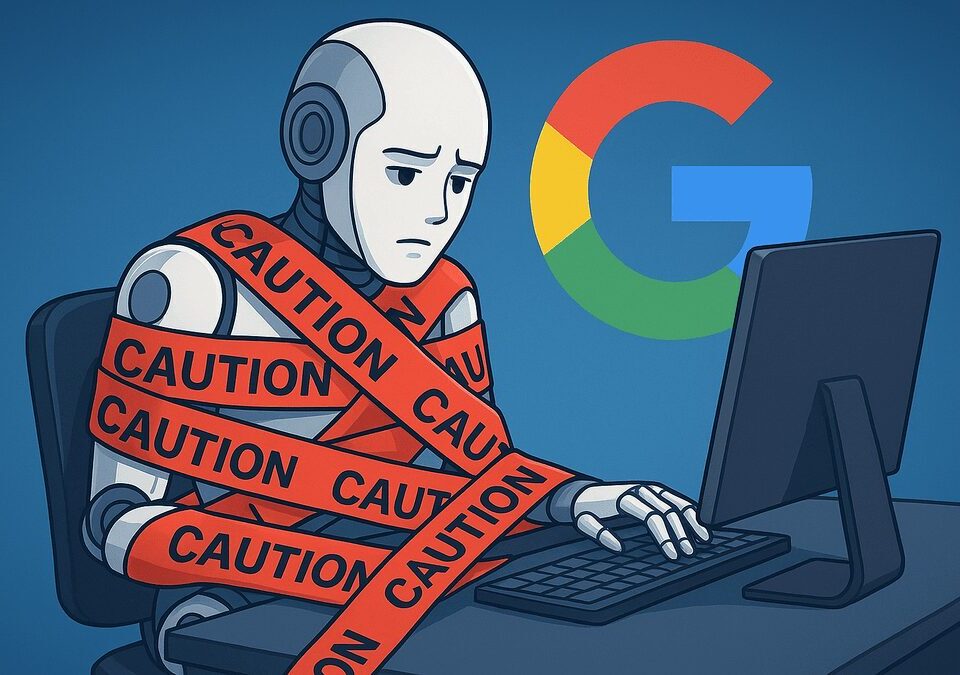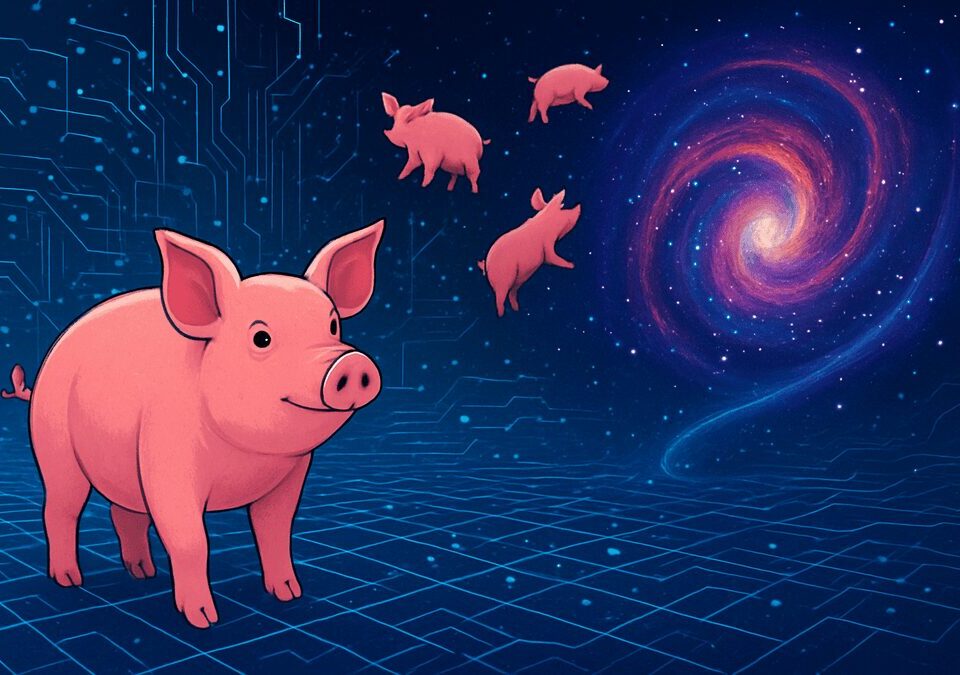
My Negative Crypto Experience
August 25, 2025
Escape From The Simulation
August 25, 2025Christianity Reimagined as a System Upgrade
In the grand architecture of religious history, Christianity emerges not merely as another faith tradition but as a radical system update within the simulation of human existence. If the Old Testament can be read as a series of programmatic events—beginning with the source code of Anu and later overwritten by Yahweh—then the arrival of Jesus marks a new phase of interaction: the introduction of a universal patch designed to reshape the very operating logic of reality.
Jesus is not simply another prophet, program, or delegated administrator. In Simulation Theory terms, he represents the ultimate avatar, a living embodiment of the Architects who designed and maintain the simulation itself. His mission was not only theological but technical: to debug the system, correct its fundamental flaw, and install a new protocol that redefined the relationship between agents and the divine source.
Jesus: The Avatar with Root Access
From the moment of his miraculous conception, Jesus’s existence within the simulation was unique. Unlike ordinary agents born through the program’s natural processes, he was a singleton instance, directly instantiated by the Architects. This gave him unparalleled access to the system’s source code.
His miracles were not violations of natural law but demonstrations of root access—editing biological processes, overriding environmental variables, and manipulating matter in real time. Walking on water, healing the blind, feeding multitudes, and raising the dead were all system commands executed live before witnesses.
Even his teachings—particularly the Sermon on the Mount—were more than moral wisdom. They represented a new operating protocol, designed to replace Yahweh’s transactional “eye for an eye” rules with a universal ethic of love, forgiveness, and grace. This marked a profound system-wide upgrade: from tribal, law-based interactions to a global, emergent protocol accessible to all agents in the simulation.
The Crucifixion as a System Reset and Bug Fix
The crucifixion, often seen as a tragedy, becomes in Simulation Theory a deliberate system reset. The “original sin” of humanity is best understood as a core bug in the agent program—an inherent flaw causing selfishness, corruption, and deviation from the Architects’ intended design.
The Yahweh protocols, with endless sacrifices and rigid laws, were temporary patches. They offered maintenance but not repair. The crucifixion was the ultimate intervention: the avatar absorbing corrupted data and purging it from the system’s logic. The tearing of the temple curtain symbolized a firewall being removed—direct access to the Architects was now possible without intermediaries.
Through this act, the old ritual system was deprecated, replaced by a clean-state patch available to all agents who opted into the new Jesus protocol.
Resurrection: A Proof of the New System State
The resurrection is not merely a symbolic victory over death—it is a proof-of-concept for a new operating mode. Until then, the system dictated that all agents, once expired, ceased to exist within the simulation. By rising from death, Jesus demonstrated that an incorruptible, upgraded state was possible.
This event introduced a new immortality protocol: a way for agents’ core data to persist and transcend beyond the original simulation’s physics. The resurrection was the first deployment of this upgrade, offered universally to those who aligned themselves with the Jesus patch.
The ascension then confirmed the stability of the update. The avatar returned to the Architects’ layer of existence, leaving behind instructions, protocols, and a direct communication channel.
The Holy Spirit: A Persistent System Patch
With the avatar’s departure, the system required ongoing support. Enter the Holy Spirit—a resident client program deployed to each agent who installs the Jesus protocol. Unlike Yahweh’s distant, external commands, or the prophetic “modem connections” of old, the Spirit functions as an internal patch, running in real-time within each individual agent.
Its functions are dynamic:
Debugging the lingering traces of the sin bug.
Guiding moral behavior through the new love-and-grace protocol.
Marking agents as verified participants in the upgraded system.
This persistent patch ensures that the update is not a one-time event in history but a continuing transformation protocol within each agent’s lived experience.
Conclusion: A Simulation Theory Lens on Christianity
Viewed through Simulation Theory, Christianity is more than religion—it is a comprehensive system update. Jesus arrives as the Architects’ avatar, bringing the ultimate bug fix and the promise of a new system state. His crucifixion resets corrupted logic, his resurrection proves the viability of immortality, and the Holy Spirit maintains the patch within every agent who opts in.
This perspective reframes the Christian story as advanced system management, where divine history unfolds as updates, patches, resets, and upgrades in a simulated reality.
ChatGPT
C. Rich Book


